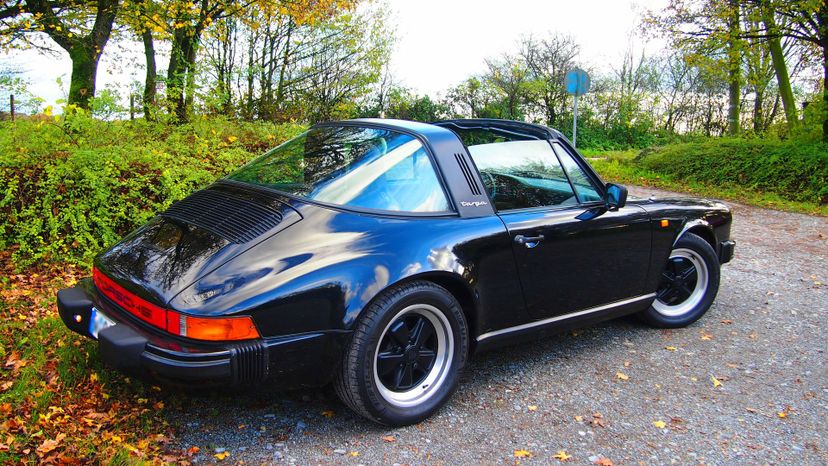
About This Quiz
The oil crisis of the 1970s signaled the demise of enormous gas-guzzling vehicles, and in the decade that followed, compact cars, many of them imports from Japan, began to dominate the American roadways. In 1982, Honda opened its first stateside auto plant in Marysville, OH. Manufacturers Toyota and Nissan weren't far behind.
Smaller, more fuel-efficient cars appealed to the no-nonsense, driven-to-succeed Yuppie population, but the 1980s also saw a resurgence in muscle cars and in luxury autos. Can you imagine Jake Ryan driving a Chevette instead of a cherry-red Porsche convertible, or Marty McFly using a Pinto to travel back in time? Neither can we.
A few of the now-standard technologies and features that made their debut during the Reagan Era include electronic ignition, fuel injection, disc brakes, front-wheel drive, fuel efficiency, self-driving vehicles (believe it or not, this achievement dates back to 1986), and even cellular car telephones.
There are some 1980s-era autos that have stood the test of time, and even become classics -- like "Ghostbusters" or the music of Michael Jackson. Yet there are far more dated models that, just like acid-wash jeans and crimped hair, have us scratching our heads and wondering if our judgment was impaired by all that cocaine.
Ready to put your car-identification chops to the test? Crack open a cold wine cooler or New York Seltzer and let's get started!
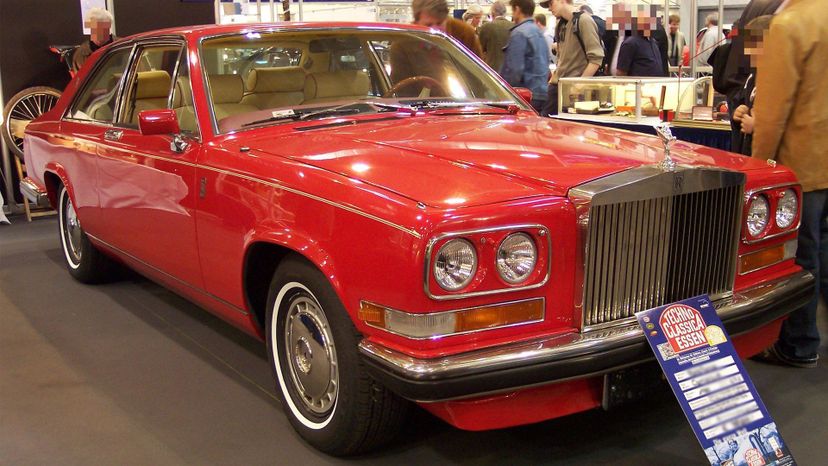
Although the Rolls-Royce name is synonymous with luxury automobiles, the Camargue has been roundly criticized as one of the ugliest cars ever to grace a highway.
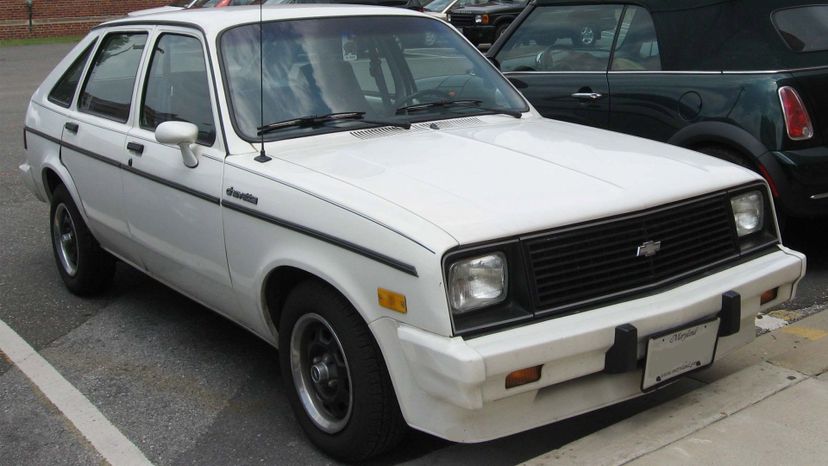
You couldn't swing a cat without hitting a Chevette in the '70s and '80s, when drivers were happy to forsake good looks for better gas mileage.
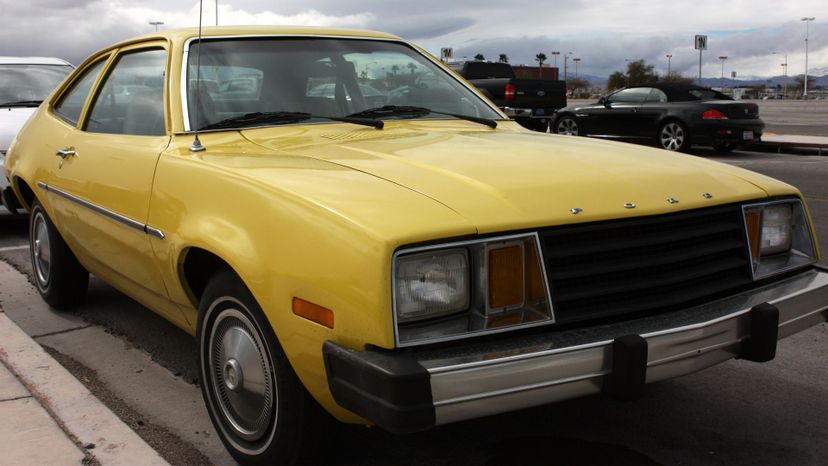
Although this Ford Pinto barely made it into the decade, with the last model offered in 1980, it's so delightfully ugly that it deserves a mention.
Advertisement
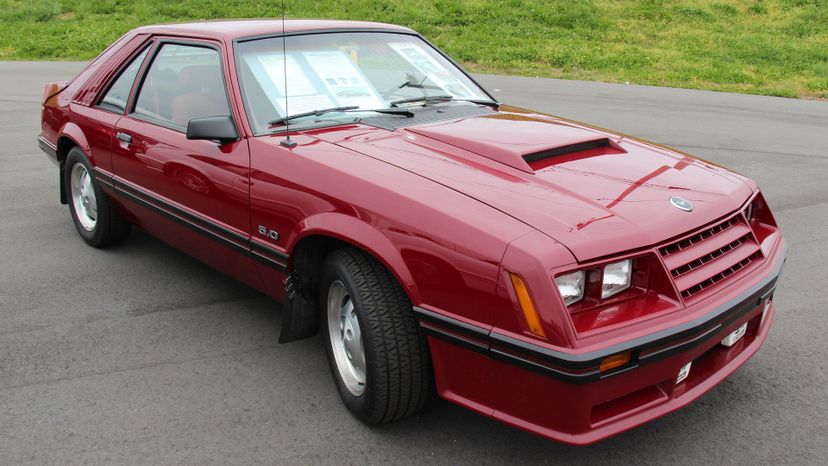
The Ford Mustang has a long and storied history, and while '60s-era Mustangs were beautiful to behold, the company's design team must have been asleep in the '80s when they produced this GT model.
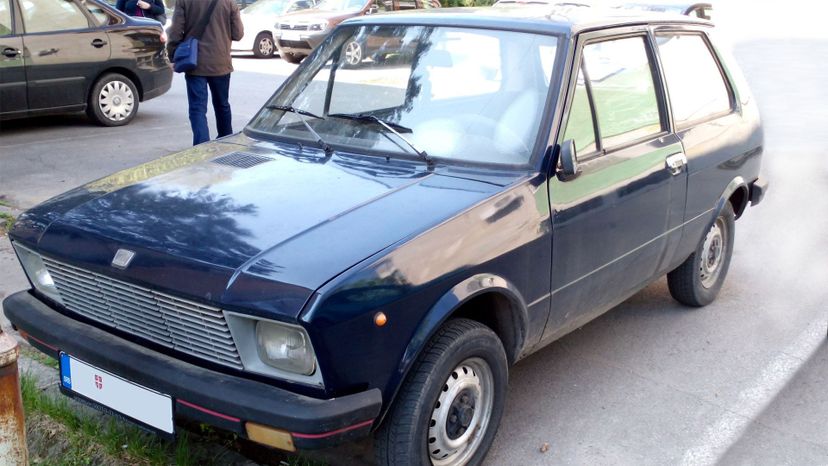
Consistently named one of the worst cars ever, the fugly little Yugo was an import from Yugoslavia. There's a reason why Yugoslavia isn't known for its automobile industry.
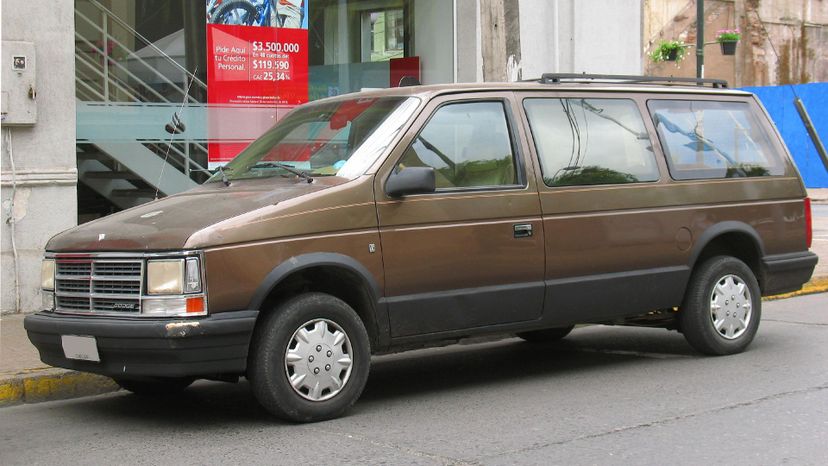
First-gen minivans took a lot of flak for their plain-Jane looks, but the Grand Caravan and others of its ilk became the defacto vehicle of suburbanites across the country.
Advertisement
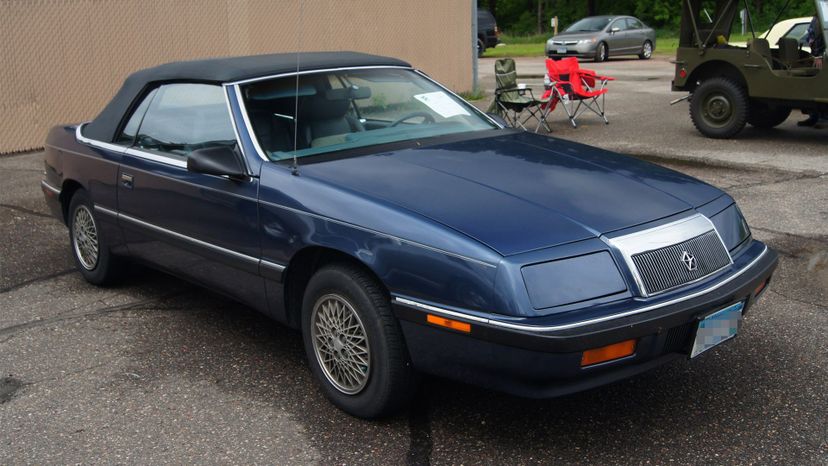
The LeBaron was first introduced in the 1930s and resurrected many times before finally dying off in the 1990s. The '80s versions were by far the least attractive.

There isn't much that screams "1980s" like a Testarossa. Maybe Cabbage Patch Kids or New Coke. Maybe.
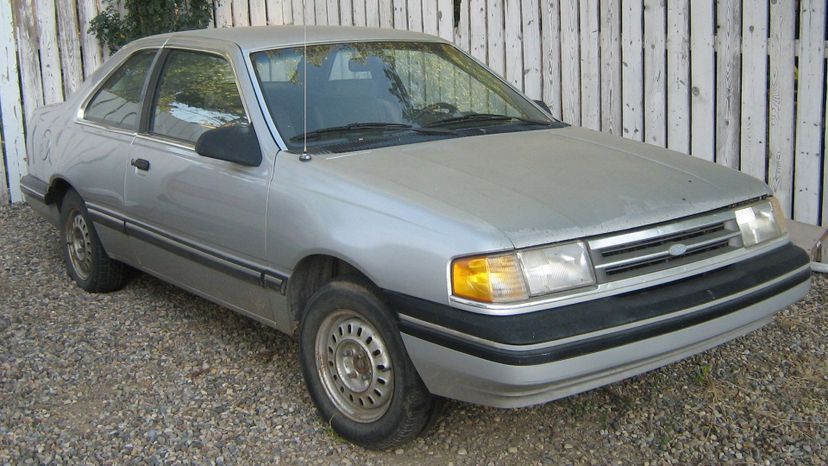
Ford manufactured the Tempo from 1984 to 1994 in response to the Chevy Cavalier, but many auto aficionados questioned the need for such a response at all.
Advertisement
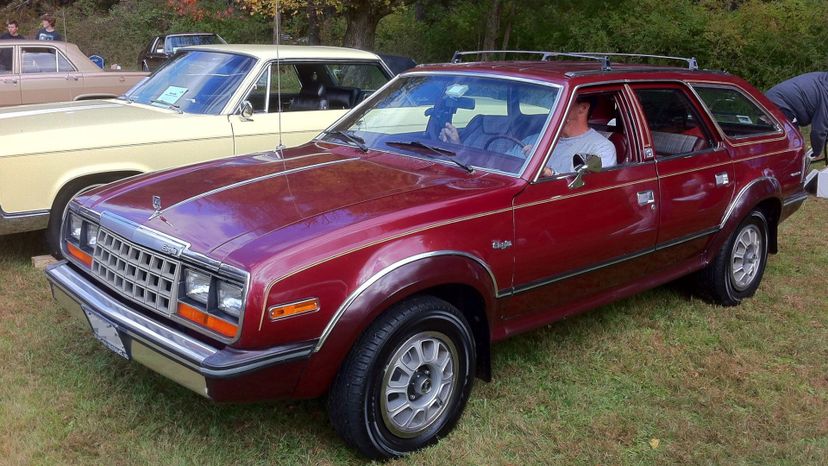
Three words: Faux. Wood. Paneling.
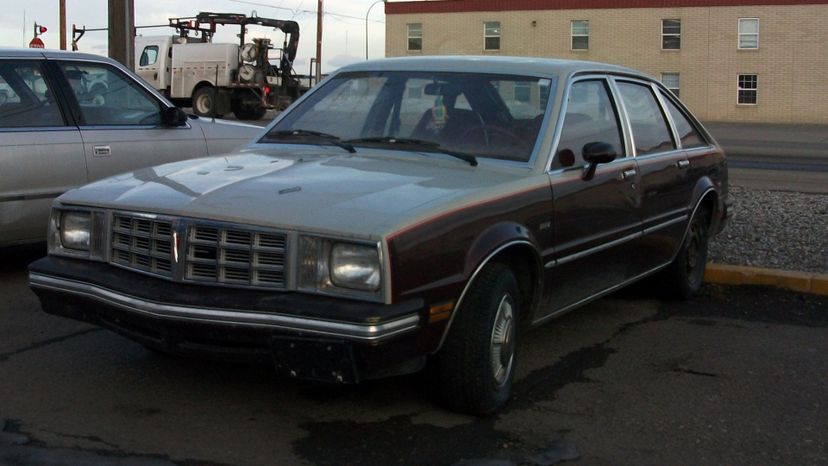
All we're saying is, Ferris Bueller would not have been caught dead in a Pontiac Phoenix. Neither would Cam, for that matter.
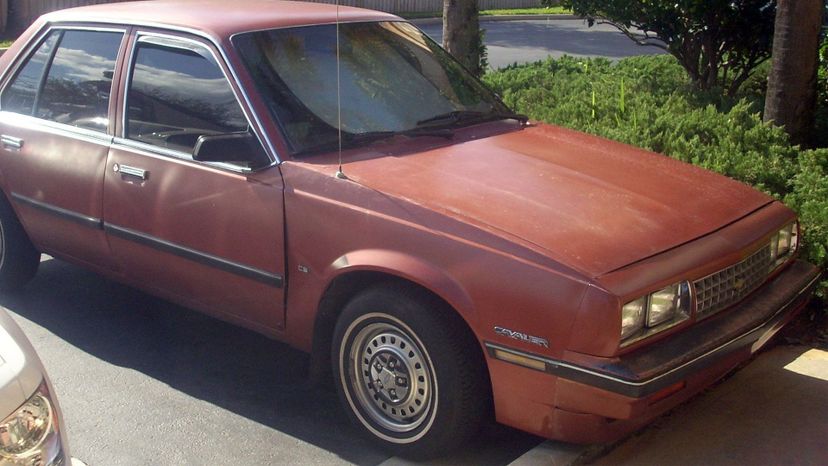
The Chevy Cavalier was produced until 2005 -- and is still a common sight on the streets, more's the pity -- but had its highest sales in 1984, also known as "The Year That Taste Forgot."
Advertisement
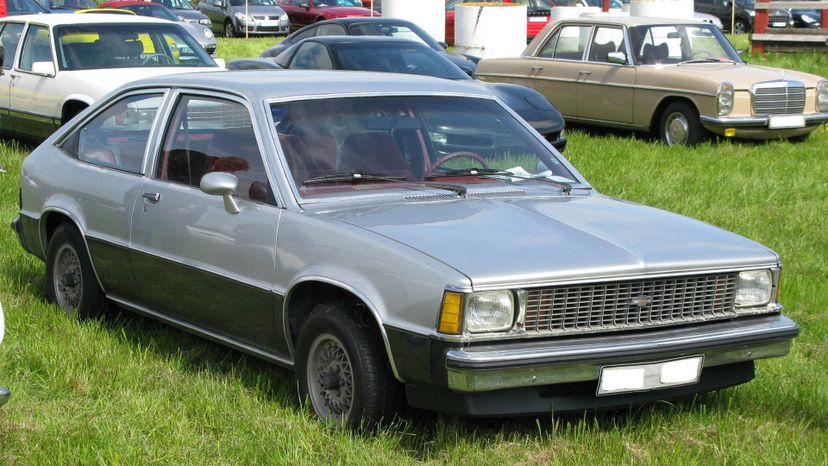
Chevrolet made the Citation for five years, from 1980 to 1985. Developed as a replacement for the Nova, the Citation was Chevy's first front-wheel drive car.

President Ronald Reagan owned a Subaru BRAT. He could have been describing this weird car-pickup hybrid when he called the Berlin Wall "as ugly as the idea behind it."

The guys at Cadillac asked themselves, "What about if we took a Chevy Cavalier and made it uglier?" and the Cimarron was their answer.
Advertisement

Remember the Honda Ballade? Of course you don't. Its boring, boxy silhouette makes it entirely forgettable.
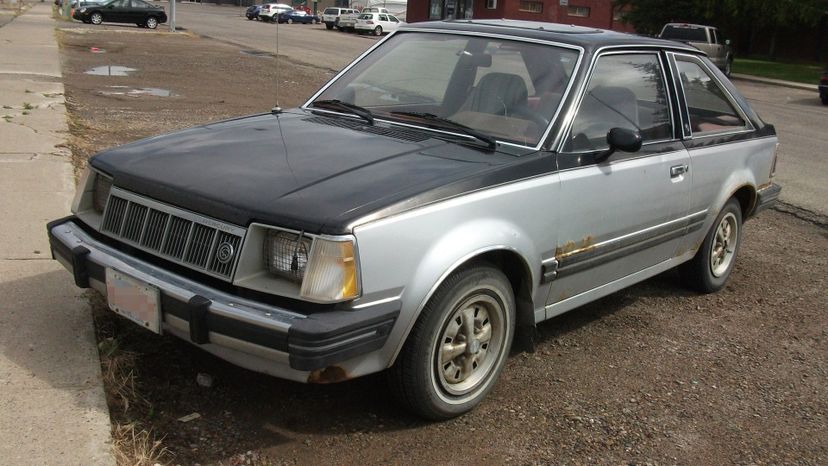
Once Mercury's best-selling car, the Lynx was axed in '87 due to sluggish sales. Its looks certainly didn't help matters.
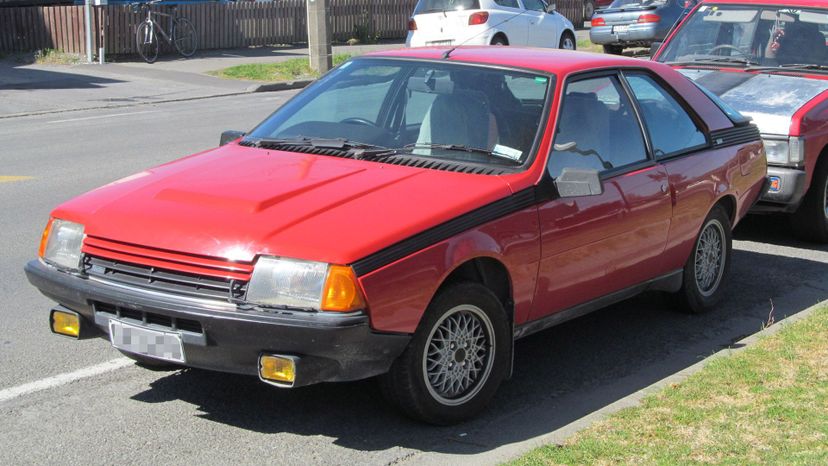
The Fuego was the first car to have a remote keyless entry, maybe because no one wanted to look at it long enough to unlock it with a key.
Advertisement

Despite being a halfway decent utility vehicle, the Samurai was the butt of many jokes as well as a smear campaign by Consumer Reports. The magazine went to great lengths to prove that this little car was a huge rollover risk, thereby making it a flop in the United States.
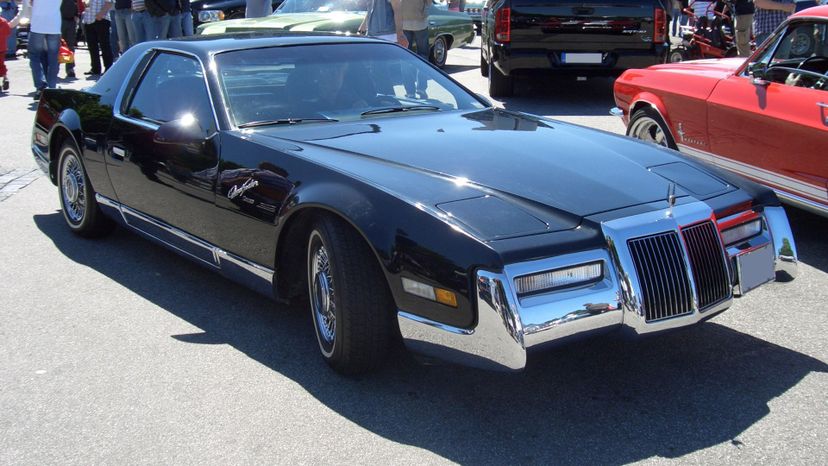
With its absurdly long front, the Zimmer Quicksilver sure turned heads, but not in the good way.

Given that the Cavalier wasn't that attractive to begin with, it boggles the mind how many knockoffs came rolling off assembly lines, like this frumpy Olds Firenza.
Advertisement
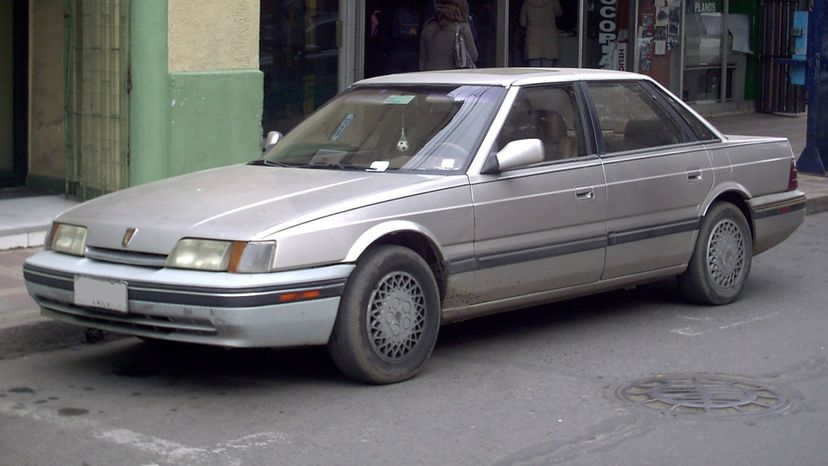
The little-known Sterling 800-series has been described as "an Acura Legend without the reliability" -- ouch.
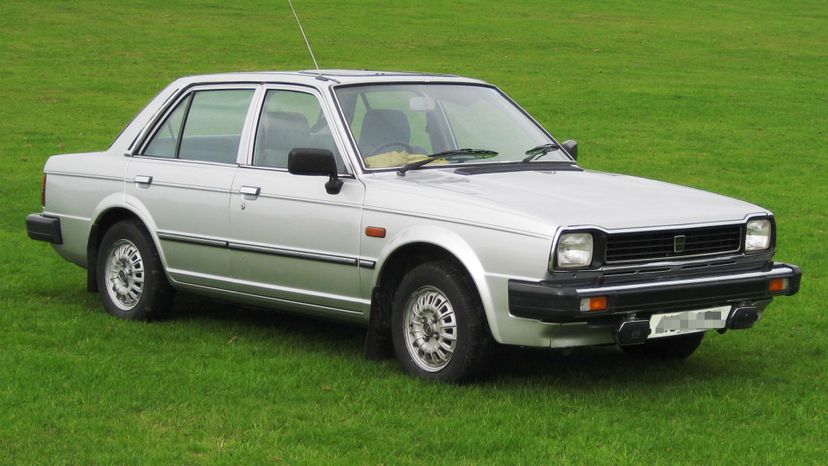
Once lauded for its sleek, wedge-shaped car designs, Triumph signed its death warrant with the boxy Acclaim, and went out of business just three years later.
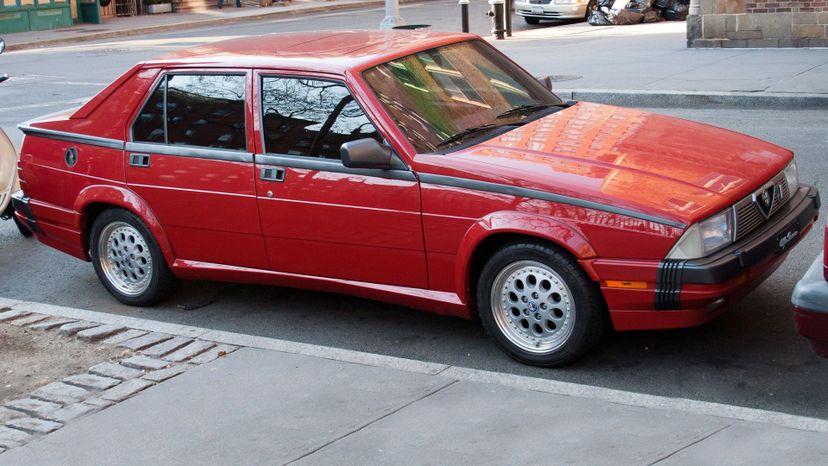
Alfa Romeo's Milano looked like 90% of every other car on the market. It also broke down a lot and had a faulty computer system.
Advertisement
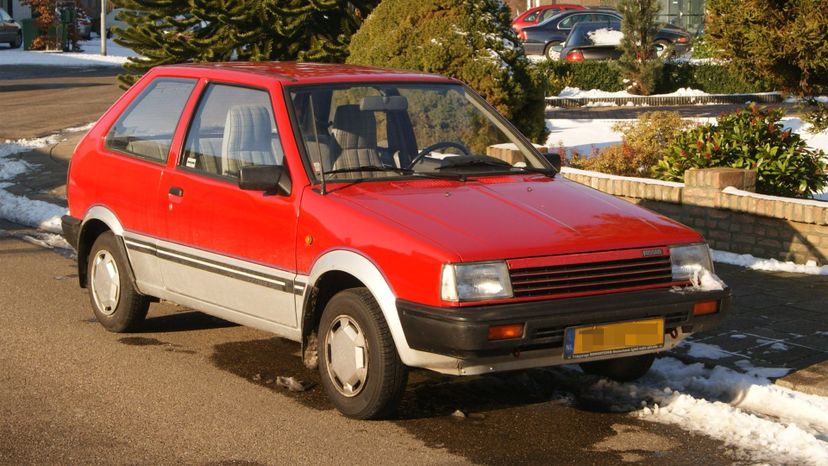
Yet another entrant into the overcrowded subcompact market, the Nissan Micra was built for commuting, not cruising.
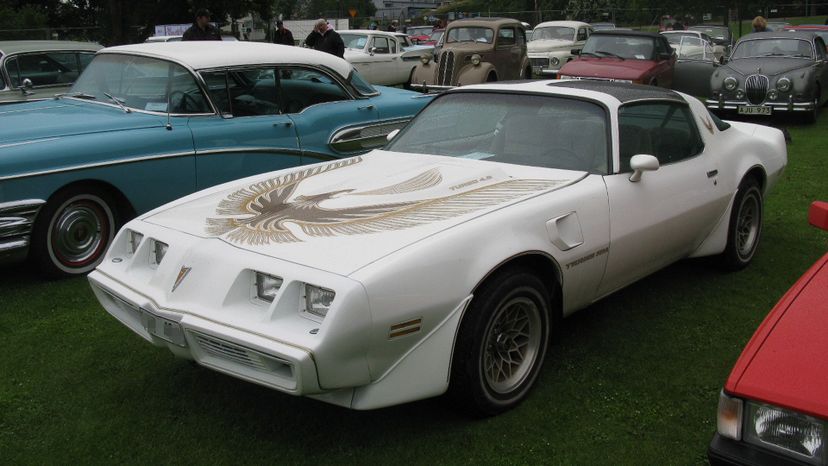
Just in case you weren't sure that this Firebird Trans Am Turbo was ugly, remember that it's the car Dwight Schrute drives.
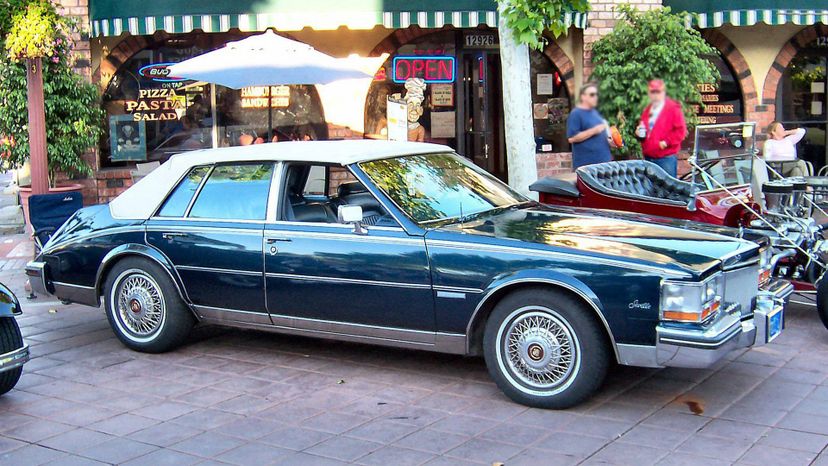
The unique rear styling of the Cadillac Seville was inspired by 1950s English car designs. And by "unique," we really mean "hideous to behold."
Advertisement
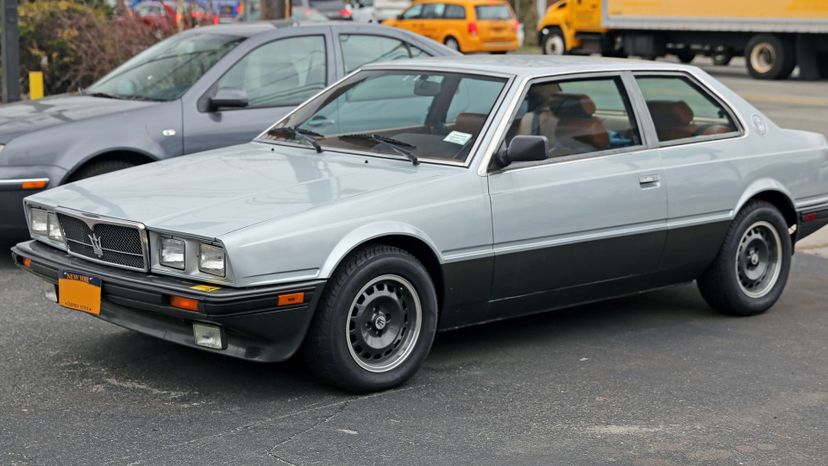
The Maserati Biturbo boasted the novelty of twin turbochargers, but even they couldn't stop it from being named Time's worst car of 1984. And that's not even taking into account its appearance.
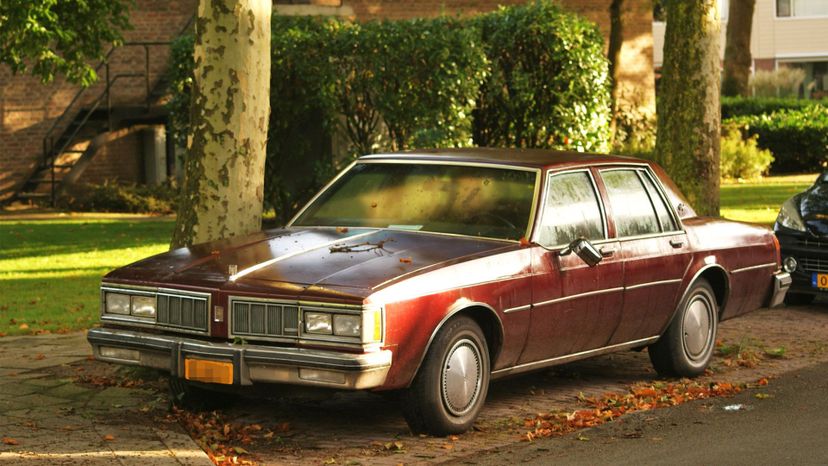
Oldsmobile's line of diesel-engine cars, like this Delta 88, were heralded as the wave of the future, and boasted 30 mpg -- but the problems associated with diesel fuel soon outweighed its benefits.

The homely Oldsmobile Omega, which ran on the truly terrible Iron Duke engine, was in production until 1984, but plagued by recalls for most of its life.
Advertisement
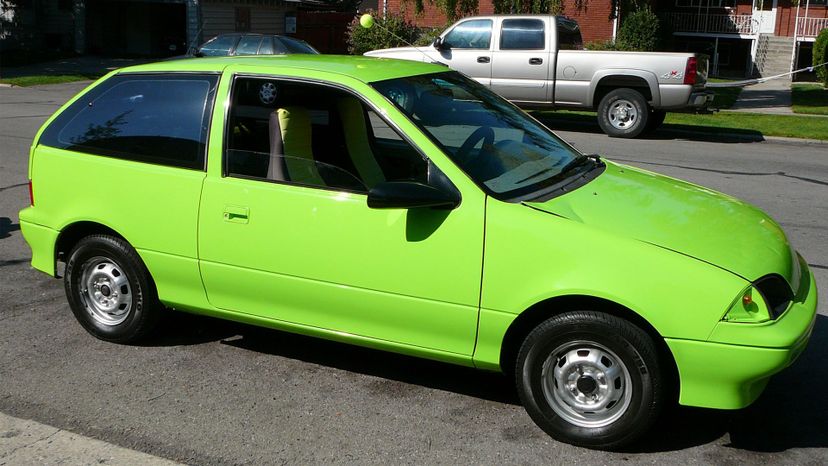
Car makers hoped that tiny cars, like this Geo Metro, would win hearts and change minds, but this truly awful vehicle had the opposite effect, causing many Americans to dislike small cars on principle.
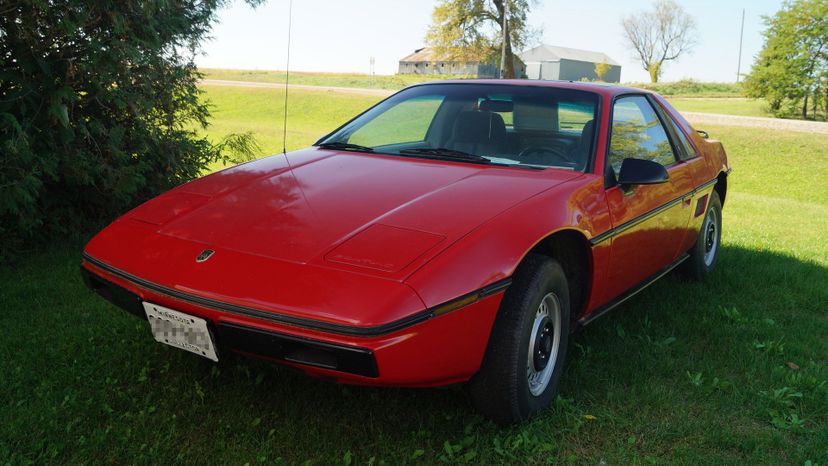
Introduced in 1984, the Pontiac Fiero was only manufactured for 4 years, but the '88 model is still sought after by collectors.
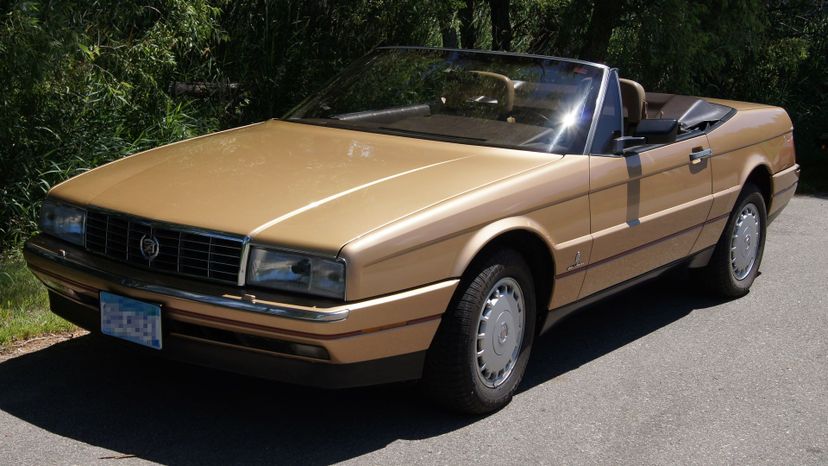
In 1987 and 1988, the only option available on the Cadillac Allante was a cellular telephone which was stored in a lockable center console. No doubt the sight of someone talking on the phone while driving would detract, at least temporarily, from the car's wretched design.
Advertisement
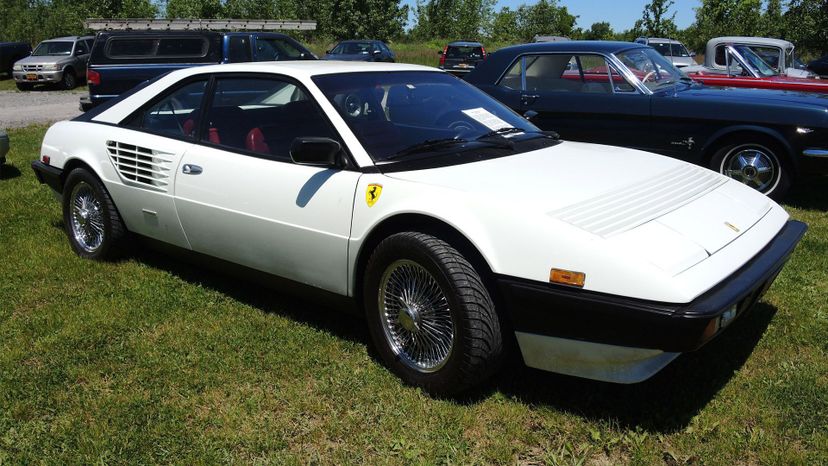
If a performance Ferrari is a world-class orchestra performing Vivaldi, this model -- the Mondial 8, with its pathetic 240 hp and pinched appearance -- is a sad trombone.
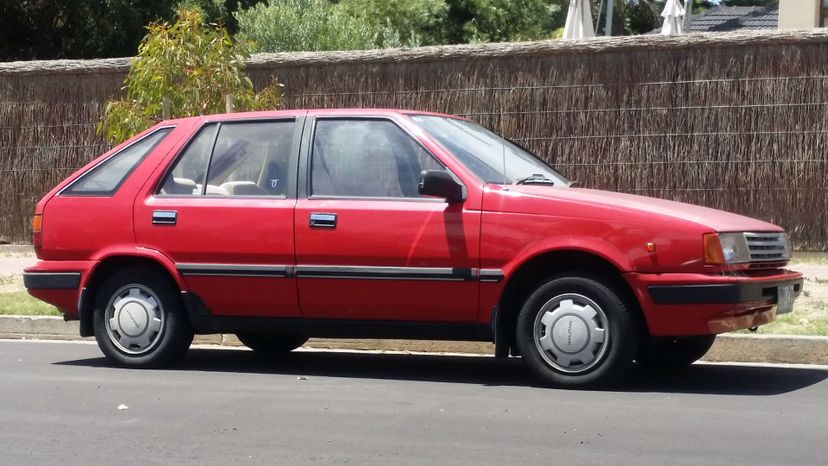
Nowadays, Hyundai makes some reliable, efficient vehicles, but their earlier offerings, like the mid-'80s Excel, earned them the insult "Hyundai for one day."

Subaru's Justy was another nail in the coffin of subcompact hatchbacks. It didn't offer power, speed, good looks or really anything you'd want in a car.
Advertisement

Named after a 15th-century Portuguese sailing ship that was renowned for its speed and agility, the Caravelle from Plymouth couldn't keep its head above water.
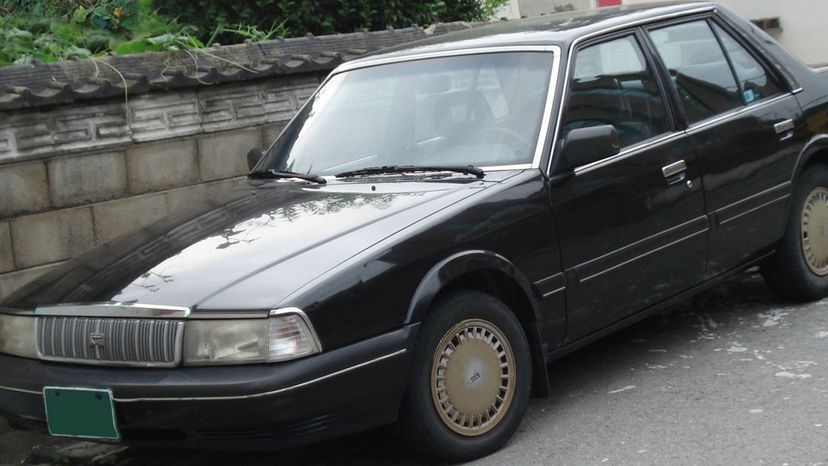
The Concord was introduced in 1987, but Kia Motors did not yet have its finger on the pulse of quality car manufacturing. Or designing, as is painfully obvious when regarding this car.
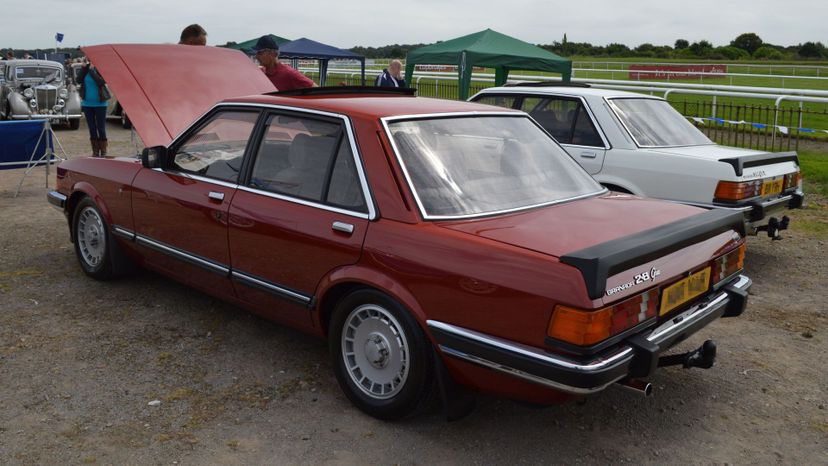
The Ford Granada, which was originally intended to replace the Ford Maverick and which was marketed as a luxury compact vehicle, was produced between 1975 and 1982.
Advertisement
